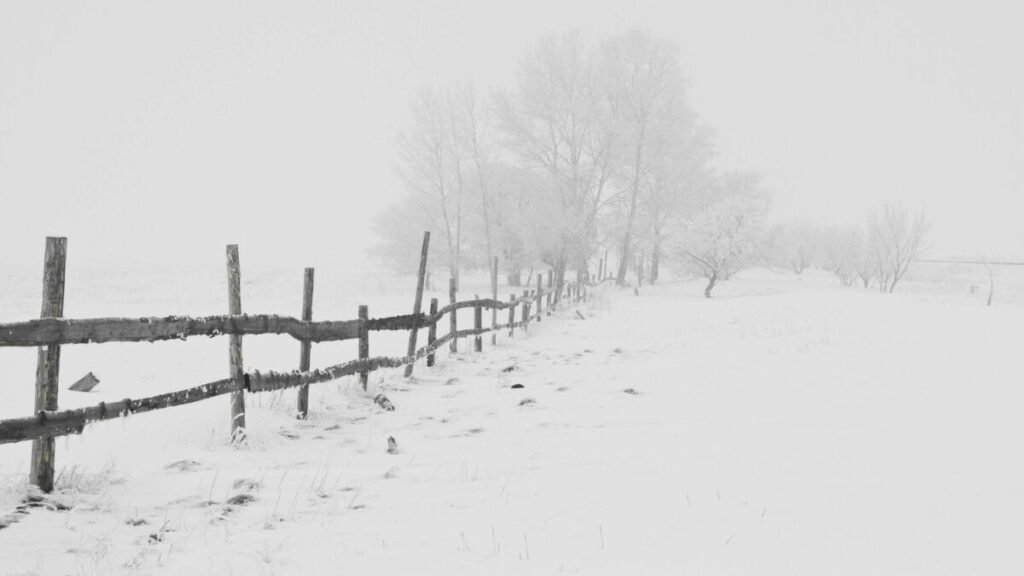The deadliest winter: why child deaths are on the rise in England

The winter cold in England not only brings low temperatures, but also a disturbing increase in infant mortality. A recent report shows that the months from December to March concentrate more deaths in children and adolescents than the rest of the year. This pattern, far from being random, points to a mix of socioeconomic, health, and environmental factors that worsen the vulnerability of the younger population.
An evident increase in the cold months
Between August 2019 and July 2024, the 1 to 9-year-old group registered the highest increase, with a concerning 16.8% more deaths in the cold months. In contrast, teenagers aged 10 to 17 showed only a 1.3% difference, suggesting that early childhood is the period of greatest risk during the winter season.

Infections and inequality as triggers
The most repeated factor in death certificates was infection: a 70.4% increase in deaths due to this cause in winter. Combined with poor housing and limited access to heating, the risks are intensified. Geographical and ethnic inequality also play a role, with an 11.5% increase in deaths in Asian/British Asian children and a 10.2% increase in children of black descent, concentrated in disadvantaged areas of the country.

The unexpected effect of the pandemic
Paradoxically, during 2021-2022, infant mortality dropped to just 0.8%. Experts believe that isolation reduced exposure to seasonal respiratory infections. However, the following year, the numbers rose drastically to 11%, highlighting the fragility of the healthcare protection system.
A call to urgent action
The National Child Mortality Database emphasizes that many of these deaths are preventable. Deputy Director Sylvia Stoianava summarizes it as: “Winter brings a clear increase in preventable deaths. Understanding the role of infection, deprivation, and ethnicity will help us better target interventions to protect the most vulnerable.” Experts agree that improving access to heating and designing specific programs in disadvantaged communities will be crucial steps to prevent winters from continuing to make a difference between life and death for thousands of children in England.






